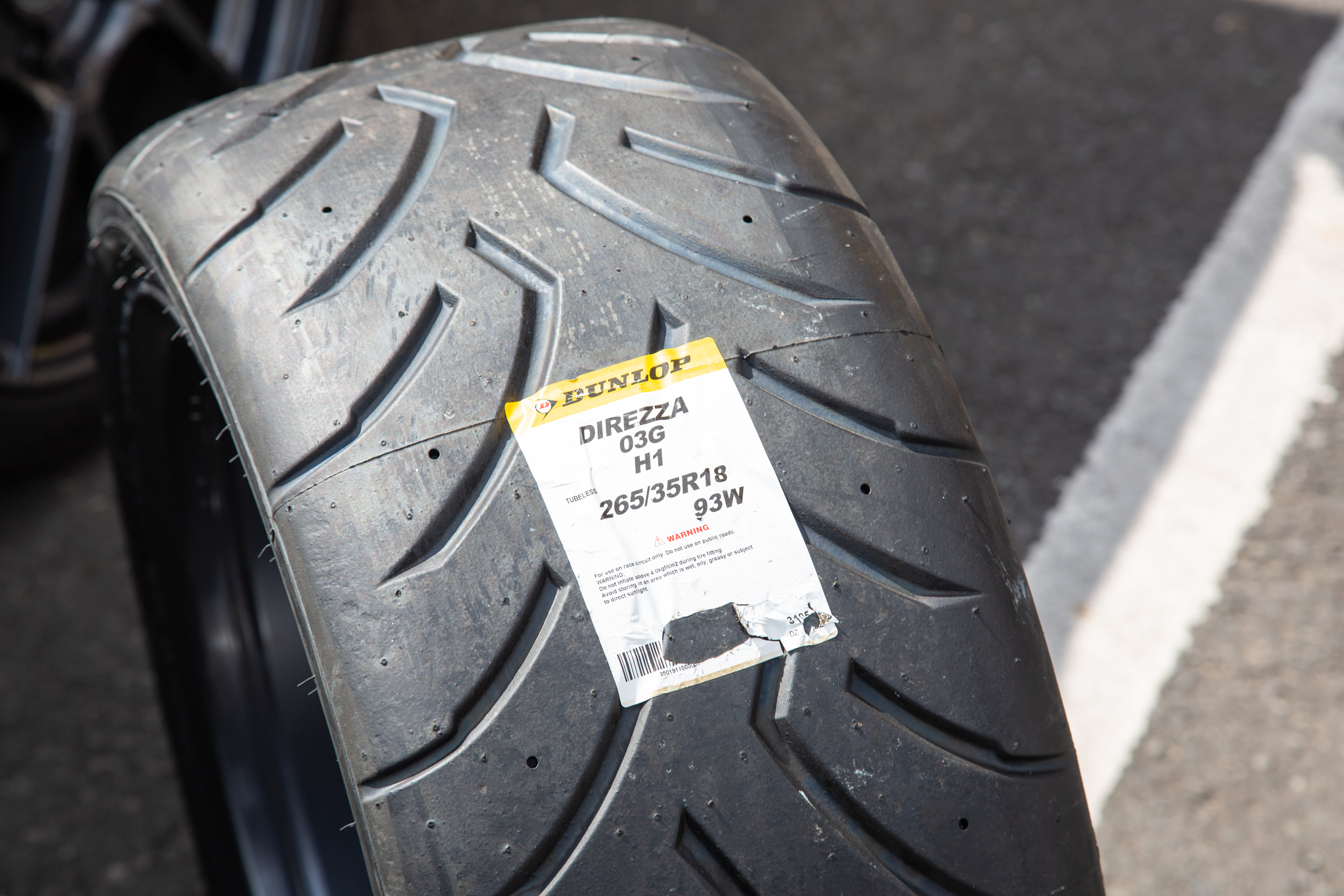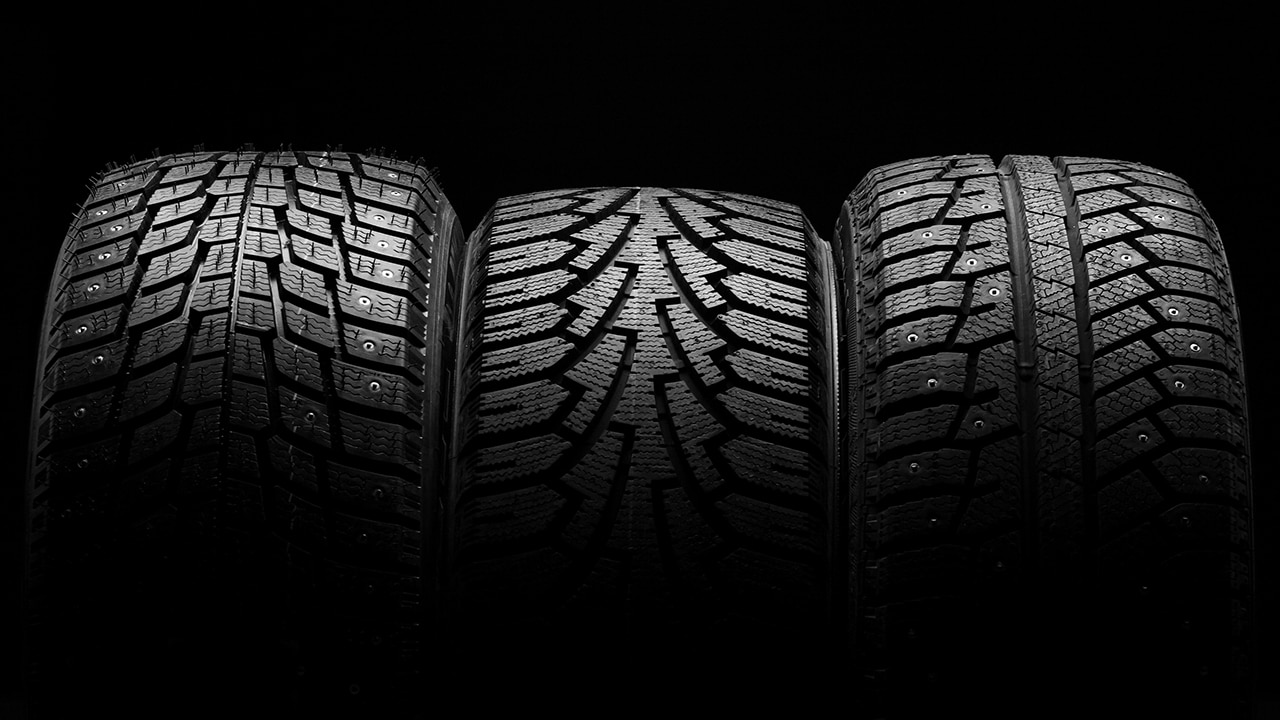All Categories
Featured
Table of Contents
The Michelin used a comfortable driving experience, characterised by responsive steering and a progressive understeer balance. In spite of the cooler screening conditions, Michelin's consistent time and grip over 3 laps suggests its viability for real-world applications. Conversely, Yokohama's performance was distinctive. While its super-quick guiding caused a fast front axle turn, the rear revealed a propensity to turn much more.
Another significant facet was Yokohama's workout time. The tire's initial lap was a second slower than the second, indicating a temperature-related grasp boost. This suggests the Yokohama could beam in completely dry, race-like problems. Nonetheless, for day-to-day usage, the Michelin could be a safer bet. Successor was the Hankook.
Leading Vehicle Alignment ( Bayswater)
It shared Michelin's risk-free understeer balance but lacked the latter's determination to transform. Continental and Goodyear's efficiencies were notable, with Continental's brand-new PremiumContact 7 showing a significant renovation in damp conditions compared to its predecessor, the PC6. This version was much less delicate to load changes and acted just like the Michelin, albeit with slightly less communication at the limit.
It incorporated the risk-free understeer balance of the Michelin and Continental with some stylish handling, proving both predictable and fast. As an all-rounder for this Golf GTI, Goodyear's Asymmetric variety was the standout, demonstrating excellent efficiency in the wet. Ultimately, the Bridgestone Potenza Sport took the crown as the fastest tire, albeit by a little margin.
This tire got grippier as it warmed up, similar to the Yokohama. Motorists looking for an interesting damp drive may locate this tyre worth taking into consideration. The standout performer in wet braking was the most recent tyre on examination, the PremiumContact 7, though the results are nuanced. We conducted damp stopping examinations in three various methods, two times at the brand-new state and as soon as at the used state.
Affordable High-performance Tyres Near Me – Morley WA
Preferably, we desired the cool temperature level examination to be at around 5-7C, yet logistical hold-ups meant we checked with a typical air temperature of 8C and water at 12C. While this was cooler than typical examination problems, it was still warmer than real-world problems. The warm temperature test was done at an average of 18C air and 19C water.
The 3rd run entailed wet stopping tests on worn tyres, specifically those machined to 2mm with a small altercation. While we planned to do more with these worn tires, climate constraints restricted our testing. However, it deserves noting that wet braking is most essential at the worn state, as tyres usually enhance in completely dry problems as they wear.

It shared the most considerable efficiency decrease, alongside the Yokohama, when used. Bridgestone, Goodyear, and Michelin saw the least efficiency decrease when worn. Nonetheless, Bridgestone and Goodyear's efficiency dipped in cooler conditions. The Hankook tire signed up the smallest efficiency decline as temperatures cooled down, however it was amongst one of the most affected when worn.
Top Tyre Inspections
The take-home message right here is that no solitary tyre mastered all elements of wet stopping, showing a complicated interplay of elements affecting tyre efficiency under different conditions. There was a standout tire in aquaplaning, the Continental ended up top in both straight and rounded aquaplaning, with the Michelin and Goodyear likewise great in deeper water.

Yokohama can take advantage of a little more grip, an issue possibly affected by the colder conditions. When it comes to handling, all tyres executed within a 2% variety on the lap, demonstrating their high-grade performance (Car tyre fitting). Considering these tires basically target the exact same client, it's fascinating to observe the substantial distinctions in feel.
The surprise is due to the fact that the PremiumContact 6 was one of my favourites for flashy dry drives, however its successor, the PremiumContact 7, seems elder and resembles Michelin's performance. Among these, Hankook was the least precise in steering and interaction at the limit. Tyre balancing. Both Michelin and Continental offered wonderful initial guiding, albeit not the fastest
If I were to advise a tyre for a rapid lap to a novice, state my papa, it would be just one of these. After that we have the 'fun' tires, particularly Yokohama and Bridgestone. Both were speedy to steer and felt sportier than the others, however the trade-off is an extra spirited back side, making them much more challenging to deal with.
Honest Tyre Performance
It gave comparable steering to Bridgestone yet supplied much better comments at the restriction and far better grasp. The Bridgestone Potenza Sport, nonetheless, seemed to deteriorate fairly promptly after just three laps on this demanding circuit. There's Goodyear, which placed itself somewhere in between the enjoyable tyres and those having a tendency in the direction of understeer.
All in all, these tyres are excellent entertainers. In terms of tyre wear, the approach utilised in this examination is what the industry refers to as the 'gold requirement' of wear.
Both the Bridgestone and Yokohama tyres dramatically underperformed in contrast to the other 4 tyres in terms of rolling resistance, with Continental somewhat surpassing the remainder. Concerning the comfort degree of the tyres, as anticipated, a lot of showed an inverse connection with handling. The Continental, Michelin, and Goodyear tires done finest throughout different surface area kinds evaluated.

Bridgestone started to show indications of suppleness, while Yokohama was specifically jarring over gaps. We did measure inner noise levels; nonetheless, as is often the case, the results were carefully matched, and as a result of weather restraints, we were incapable to conduct a subjective assessment of the tyres sound. Ultimately, we considered abrasion numbers, which determine the amount of tyre tread lost per kilometre, normalised to a one-tonne vehicle.
Top Tyre Rotation Services Near Me (Morley WA)
This figure represents the amount of rubber dust your tyres produce while driving. Michelin led in this group, producing over 9% less rubber particle issue. On the various other hand, Hankook created 32% more. This is an aspect I believe the market must concentrate on even more in the future, and it's something Michelin is supporting.
Latest Posts
Tyre And Wheel Services
Reliable Cheap Tyres – Caversham 6055 WA
Honest Tyre Upgrades – Swan 6056 WA